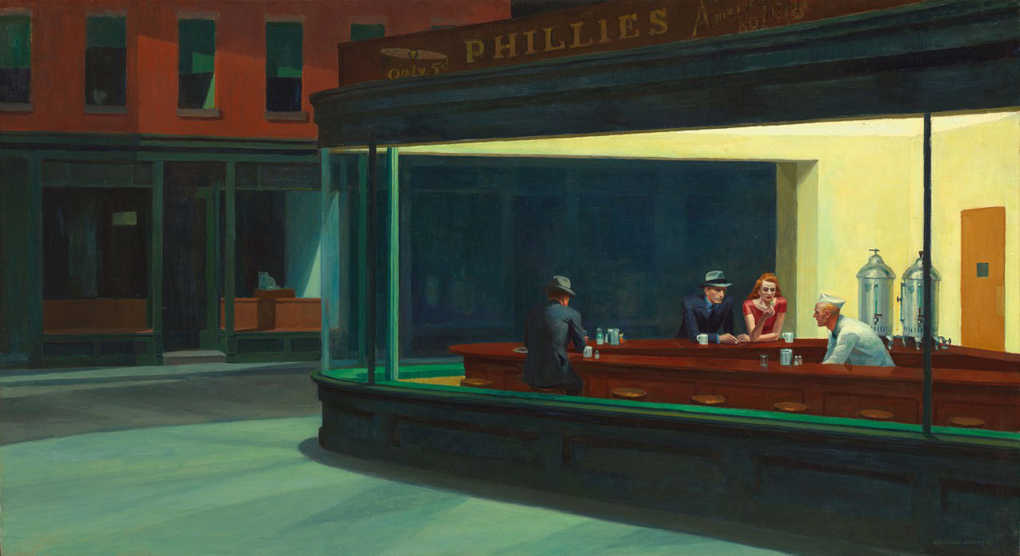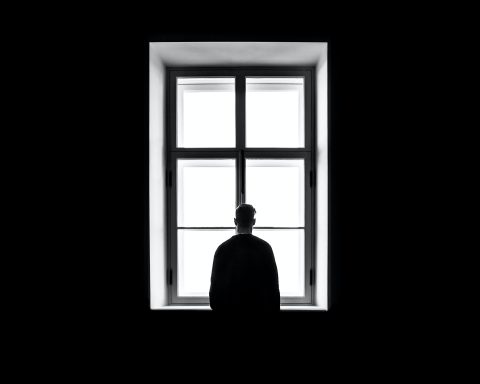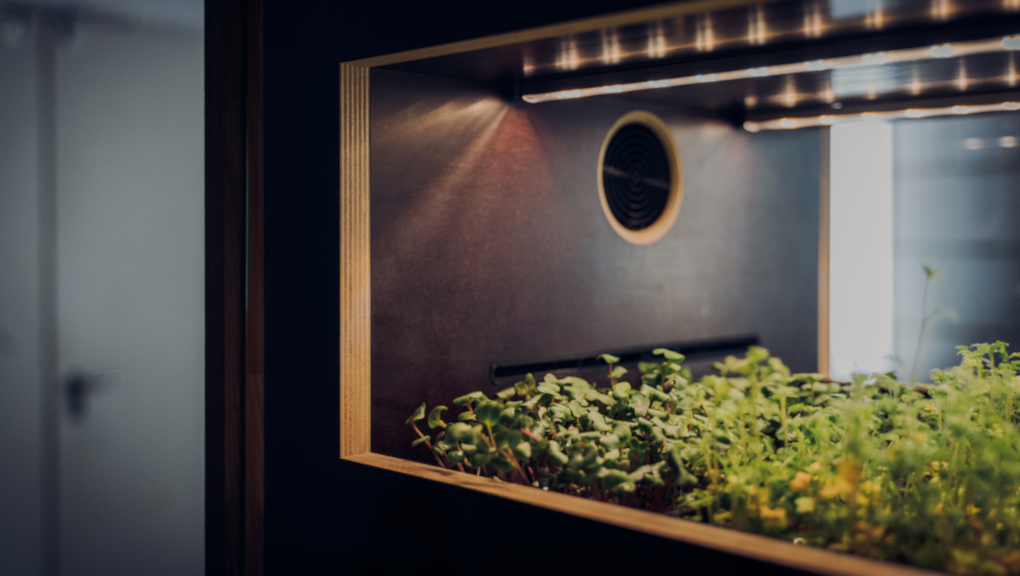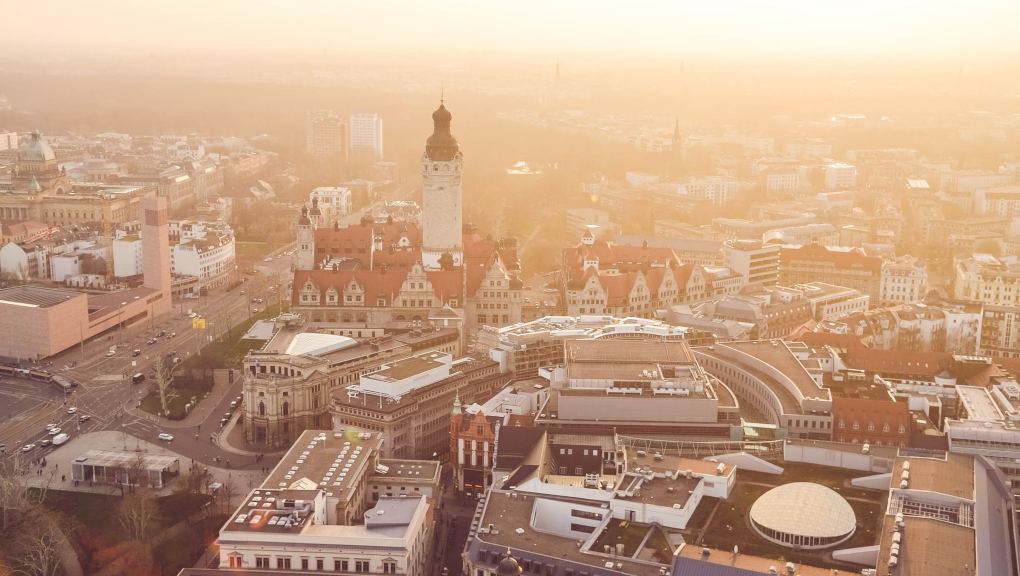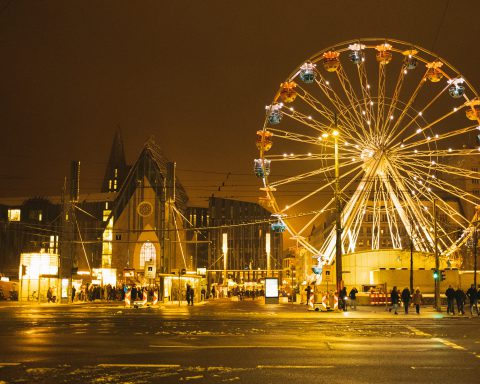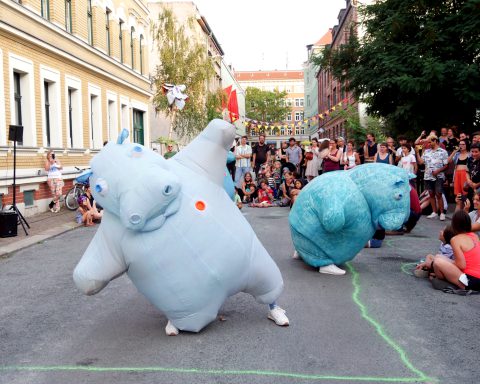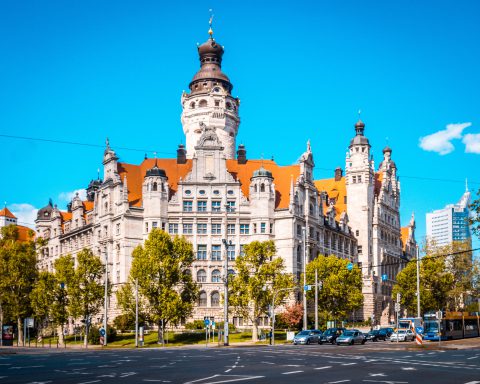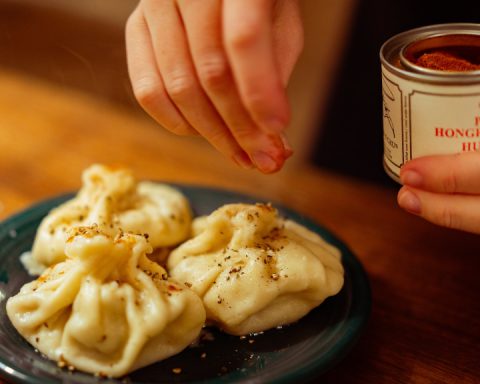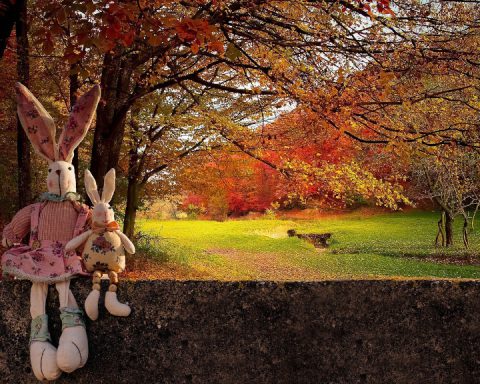Growing up, I always heard negative connotations about being alone. As a result, I also thought of it as such. However, as I mature I’m starting to question if being alone is all that bad.
I have always thought of myself as a social person. I surrounded myself with a group of friends and consider myself a great conversationalist. If I wanted to go out, I always invited people. I didn’t think individual activities were fun, and frankly, I wasn’t content being alone. All that changed when I moved to a remote area of Leipzig, during the height of constant winter cloud cover. And all of this in the midst of yet another lockdown.
My loneliness hit me like a tidal wave.
I found it extremely difficult to adapt: I felt suffocated by my environment, in a rut, and demotivated. Not to mention the language barrier and cultural differences, which also added to the difficulty of the situation. It’s 2022, but all of a sudden I was reliving 2020. But I didn’t want a repeat, and I didn’t want to feel lonely anymore. I wanted a change. So, I started to journal and reflect, and I remembered a painting that sparked social commentary on the topic. I’d like to introduce you to that painting, although you might already know it.
“Nighthawks” by Edward Hopper depicts an eerie stillness and the solitude of late-night diners. His subjects are physically close but psychologically miles apart. The diner’s gaze is expressionless, distant, and lonely. The painting always evoked a pang of sadness in me because the diners exude that emotion. What’s more, I realized that they were experiencing the worst kind of loneliness — being surrounded by people, yet unable to talk or share what was on their minds. I recounted times when I felt the same, and my perception of the painting and aloneness started to shift.
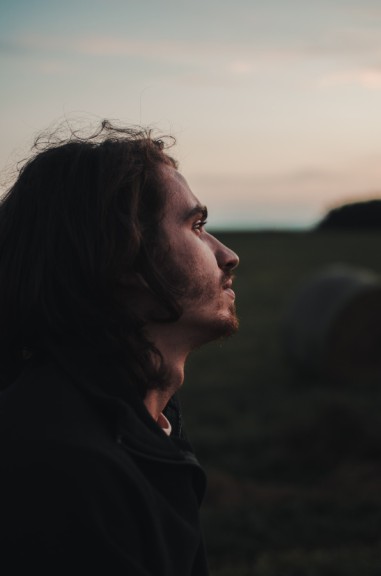
Maybe it’s not that bad to be alone, as long as you can keep yourself company.
I remembered this quote by Robin Williams, who summed it up best:
“I used to think that the worst thing in life is to end up alone. The worst thing in life is to end up with people who make you feel alone.”
I started to do more research on the topic of loneliness and living alone in an effort to find resonance and comfort. To help me get started, I turned to the platform every Gen Z’er consumes religiously: YouTube. I watched content creators who live alone, and I was surprised to see how popular they are. I particularly enjoyed Emma Chamberlain and Michelle Choi. These content creators were doing the extraordinary by romanticizing the ordinary — going to parks alone, cafes, beaches, lakes, gyms, restaurants, movies, etc. I felt comforted due to the relatability of the content and the positivity of the comments section.

These content creators had curated a safe space where they shared their thoughts and expressed their struggles.
By doing so, they created a supportive environment.
I learned how to connect with myself through basic activities by watching these videos. I began to take myself out on dates. I take day trips to new places nearby, simply to exist in a new environment and enjoy my own company. Eventually, I started to feel more comfortable being alone, so I felt less lonely. It took time, but I’ve consistently kept up a few practices that have helped me throughout my journey to adapt and learn. Here are just a few of the things that I have done that might help you too:
Be open to the unexpected.
I opened myself up to random and fleeting interactions with strangers that are small but meaningful. A smile, a brief wave, a compliment while passing each other on the street. You can even make a game out of it: how many people on the street you can smile and say hi to and get a hi back. Even with limited language knowledge, I’ve had connections with strangers just through facial expressions and gestures. Don’t limit yourself; the simplest things can make all the difference.
Establish a routine.
Going to the same coffee shop every day meant that I would see familiar faces around. I’ve been chit-chatting with baristas and getting to know the regular customers. Similarly, I’ve also been going to the gym around the same time consistently and getting to know the people who are also there routinely. Finding what you like to do and establishing a routine means finding people with similar interests, and having fun while doing it. Try joining classes or clubs you’ve always wanted, and strike up a conversation with those around you.
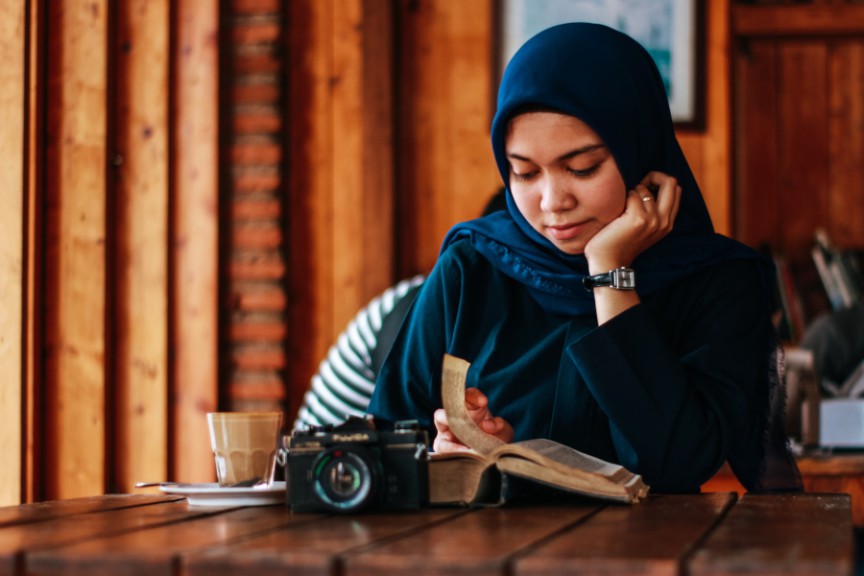
Utilize Apps
Tandem is a great app to improve your language skills and have conversations with strangers. I’ve made unique connections with it and have had great exchanges. I’ve found everyone on the app to be friendly and willing to talk about a multitude of topics. Some want to meet in person, and some are content just talking on the phone.
Dates and Journals
Take yourself out to lunch and eat food that you’ve been craving. Later, buy yourself some flowers, and head to a pretty nature spot like a beautiful park or the lakes around Leipzig. Once there, start journaling. Ask yourself questions: What do you look for in friends? What type of person morally aligns with you? Who makes you feel comfortable enough to express your feelings?
I encourage everyone to do this. It is so mentally uplifting to take yourself out on a date. Reflect and question what you want and look for in the people you surround yourself with. After all, we all need someone we can turn to and feel comfortable opening up to. But at the same time, being alone is not automatically a bad thing. It took me time to get comfortable, but I just had to remember that I am not alone, but accompanying myself.

